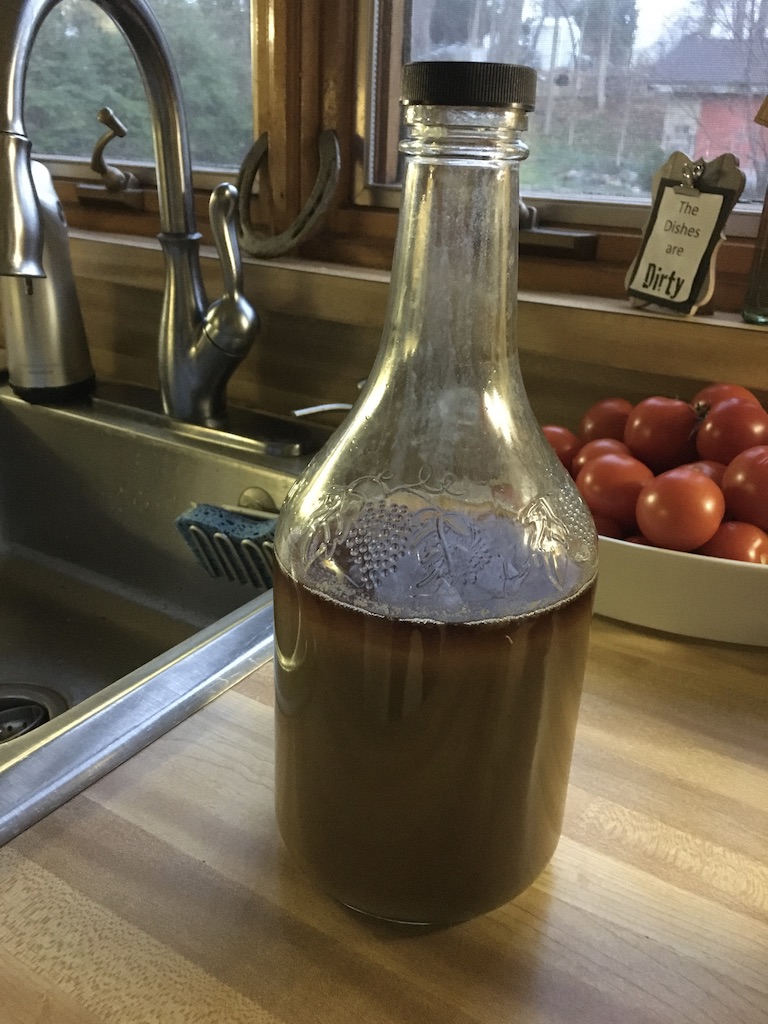Already posted in the Gluten free brewing area but did not get many responses. Thought I might get a few more here. I brew Gluten free due to Celiac disease so on this batch I used 6 lbs. of white Sorghum syrup and 1 lb. of Clover Honey along with 2 different Hops. 1 hour boil and fermented for 19 days at app. 69 degrees in a Carboy. I did hit the FG of 1.013 as indicated in the recipie. OG was 1.059, I used 11 g of Nottingham Ale Yeast. Hops were pellet style ... All the hops were placed into muslin/mesh bags before being placed in the kettle during the boil. When the wort was poured from the kettle into the carboy it was done so via a large funnel with a mesh screen. The bags were not poured into the Carboy. Is there anything else I can do to reduce the sediment/trub ? Curious if more yeast would help clean things up better, less trub etc. ?Issue I am having is what I would call excess Trub. When the fermentation was done I had a solid 3 inches of Trubb at the bottom of the Carboy. 3 inches = app. 1 gl. of wort. This prevented me from auto syphoning the last 3 inches of wort as it would have put too much Trubb/sediment into bottling bucket. Is that smount of sediment/Trubb excessive ? Is there anything I can do to reduce it ? ie. adding more yeast etc.
As always, thanks for your opinion !
As always, thanks for your opinion !










































![Craft A Brew - Safale S-04 Dry Yeast - Fermentis - English Ale Dry Yeast - For English and American Ales and Hard Apple Ciders - Ingredients for Home Brewing - Beer Making Supplies - [1 Pack]](https://m.media-amazon.com/images/I/41fVGNh6JfL._SL500_.jpg)

















